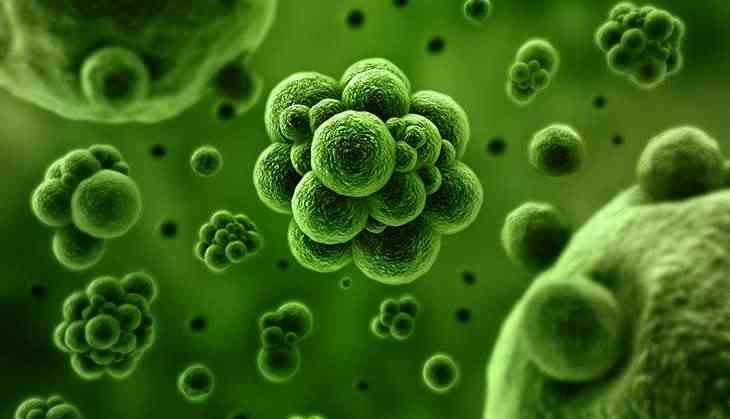Here's how immune system kills bacteria: Study

By filming the internal processing of immune system, researchers have found a better understanding of how the immune system kills bacteria and why our own cells remain intact.
To kill bacteria in the blood, our immune system relies on nanomachines that can open deadly holes in their targets. UCL scientists have now filmed these nanomachines in action, discovering a key bottleneck in the process which helps to protect our own cells.
According to the study published in the Journal of Nature Communications, this research may guide the development of new therapies that harness the immune system against bacterial infections, and strategies that repurpose the immune system to act against other rogue cells in the body.
In earlier research, the scientists imaged the hallmarks of attack in live bacteria, showing that the immune system response results in 'bullet holes' spread across the cell envelopes of bacteria.
The holes are incredibly small with a diameter of just 10 nanometers, about 1/10,000 of the width of a human hair.
For this study, the researchers mimicked how these deadly holes are formed by the membrane attack complex (MAC) using a model bacterial surface.
By tracking each step of the process, they found that shortly after each hole started to form, the process stalled, offering a reprise for the body's own cells.
"It appears as if these nanomachines wait a moment, allowing their potential victim to intervene in case it is one of the body's own cells instead of an invading bug before they deal the killer blow," explained one of the researchers, Dr Edward Parsons.
-ANI

